Transform PDF Documents into Dynamic, Editable PowerPoint Presentations
A comprehensive guide to overcoming conversion challenges and creating professional-quality presentations
In today's digital workplace, I've found that converting static PDF documents into dynamic, editable PowerPoint presentations is an essential skill. Whether you're repurposing legacy content, updating outdated materials, or enabling collaborative editing, this guide will walk you through the most effective methods and tools to achieve professional results.
Understanding the PDF-to-PowerPoint Conversion Challenge
When I first attempted to convert PDF documents to PowerPoint presentations, I quickly discovered that there's much more to the process than simply changing file formats. PDFs and PowerPoint presentations serve fundamentally different purposes, which creates inherent challenges during conversion.
Why We Need PDF-to-PPT Conversion
- Repurposing legacy content that exists only as PDFs
- Updating outdated materials with fresh designs and current information
- Enabling collaborative editing of previously finalized documents
- Transforming static reports into engaging presentations
Common Conversion Challenges
- Loss of formatting integrity and design elements
- Text recognition errors, especially with complex fonts
- Broken visual elements and disrupted layouts
- Difficulty preserving tables and data visualizations
PDF vs. PowerPoint: Format Comparison
I've found that understanding these fundamental differences is the first step toward successful conversion. PDF documents are designed for consistent viewing across platforms, while PowerPoint presentations prioritize editability and interactive elements. This core difference explains why simple conversion often yields disappointing results—the formats were created with different priorities in mind.
In my experience working with convert PDF to editable PowerPoint projects, the key is to approach the task not as a simple format change but as a thoughtful transformation process that preserves the valuable content while adapting it to a new medium.
Comprehensive Overview of PDF-to-PowerPoint Conversion Methods
Throughout my career, I've explored numerous approaches to converting PDF documents into PowerPoint presentations. Each method has its strengths and limitations, which I'll outline to help you choose the best option for your specific needs.
Online Conversion Tools
Adobe Acrobat's PDF-to-PPT Converter
Adobe's conversion tool creates PowerPoint slides from PDF pages with impressive format preservation. According to Adobe Acrobat's official documentation, the process preserves document formatting across both Mac and Windows operating systems, with each PDF page becoming a separate PowerPoint slide.
Key Adobe Acrobat Features:
- Page-by-page slide creation with formatting preservation
- Browser-based conversion requiring only internet connection
- Mobile device support for on-the-go conversions
- Integrated editing capabilities with Microsoft PowerPoint for the web
Alternative Online Platforms
Beyond Adobe, several other online services offer PDF-to-PowerPoint conversion with varying features and capabilities.
| Platform | OCR Capability | Language Support | Format Preservation |
|---|---|---|---|
| iLovePDF | Yes (Multiple languages) | 15+ languages | Good |
| Smallpdf | Yes | Basic multilingual | Very Good |
| PDFelement | Advanced OCR | 20+ languages | Excellent |
Desktop Software Solutions
For those who prefer offline solutions or need to process sensitive documents, desktop software provides robust conversion capabilities.
Microsoft PowerPoint's Native Import
Many users don't realize that PowerPoint itself can import PDF files directly. While this feature is available with an Office 365 subscription, the results often require more manual adjustment compared to specialized tools.

PowerPoint Import Process:
- Open PowerPoint and create a new presentation
- Navigate to Insert > Object > Create from File
- Browse to select your PDF file
- Choose whether to link or embed the PDF
- Adjust the imported content as needed
AI-Powered Conversion Technologies
The latest advancement in PDF-to-PowerPoint conversion is the integration of artificial intelligence, which dramatically improves results by understanding content relationships and layout intentions.
How AI Transforms PDF Conversion
flowchart TD
A[PDF Document] --> B[AI Analysis Layer]
B --> C[Content Recognition]
B --> D[Layout Analysis]
B --> E[Element Relationships]
C --> F[Text Extraction & Formatting]
D --> G[Slide Structure Creation]
E --> H[Content Organization Logic]
F --> I[Editable PowerPoint]
G --> I
H --> I
style B fill:#FF8000,stroke:#FF8000,color:white
style C fill:#42A5F5,stroke:#42A5F5,color:white
style D fill:#42A5F5,stroke:#42A5F5,color:white
style E fill:#42A5F5,stroke:#42A5F5,color:white
style I fill:#66BB6A,stroke:#66BB6A,color:white
AI Advantages in Document Conversion
- Machine learning algorithms that improve formatting retention by learning from millions of document pairs
- Smart element recognition that can reconstruct tables, charts, and graphics as native PowerPoint objects
- Content relationship mapping that maintains logical connections between information across slides
- Continuous improvement through feedback and training on diverse document types
For complex documents, I've found that PDF to PowerPoint AI tools deliver significantly better results than traditional converters, especially when dealing with intricate layouts or data visualizations.
Beyond Basic Conversion: Enhancing Your Converted Presentations
In my experience, even the best conversion tools rarely produce perfect results. The real magic happens in the post-conversion enhancement phase, where you transform a basic conversion into a professional, engaging presentation.
Addressing Common Post-Conversion Challenges
Text Formatting Issues
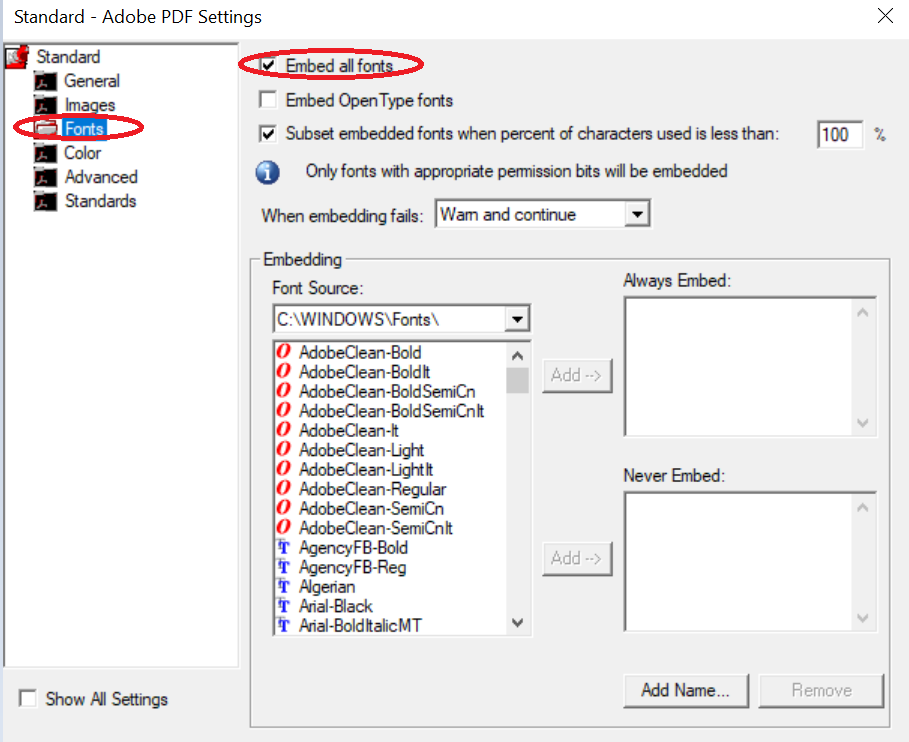
Text formatting often suffers during conversion, with inconsistent fonts, spacing issues, and broken paragraph structures. I always start by standardizing fonts and fixing text alignment across all slides.
Visual Element Reconstruction
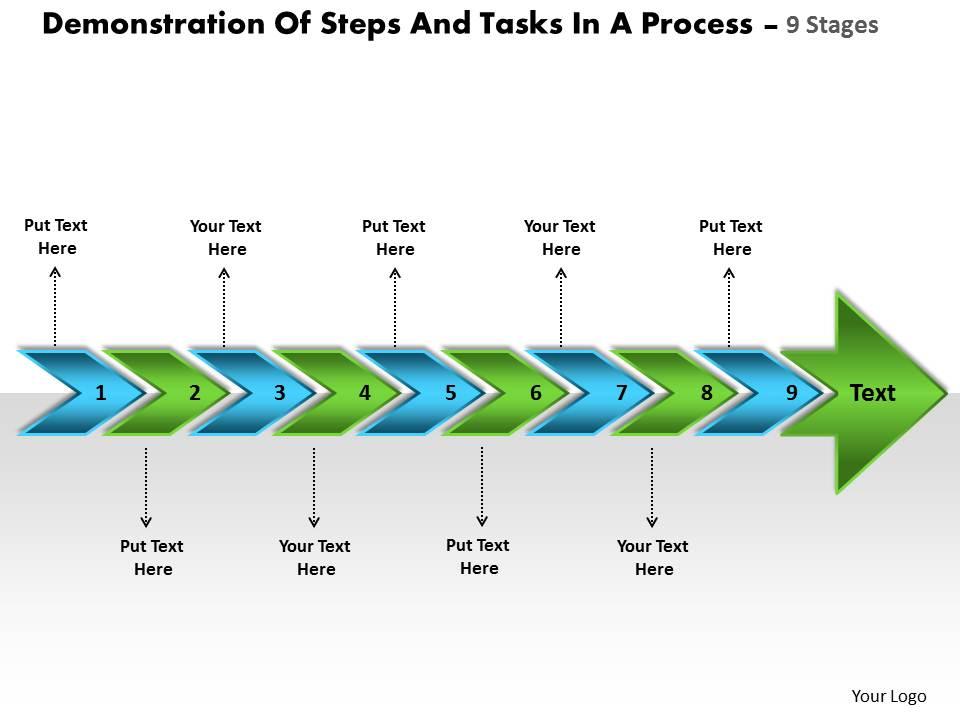
Charts, diagrams, and images often convert as static pictures rather than editable PowerPoint objects. For critical visuals, I recommend recreating them using native PowerPoint tools for better editability.
Leveraging PageOn.ai for Post-Conversion Enhancement
When dealing with complex conversions, I've found that PageOn.ai offers powerful tools that can dramatically improve the quality and impact of converted presentations.
How PageOn.ai Transforms Converted Content
AI Blocks for Visual Restructuring
PageOn.ai's AI Blocks feature allows you to take text-heavy converted slides and reorganize them into visually engaging, modular components that better communicate your message.
Deep Search Integration
When working with older PDFs, PageOn.ai can automatically find and suggest updated statistics, research, or visuals to refresh outdated information in your converted presentation.
Data Visualization Transformation
Convert static tables and charts from PDFs into dynamic, interactive PowerPoint visualizations that make data more accessible and impactful.
Conversation-Based Editing
Rather than manually fixing each slide, PageOn.ai allows you to describe the changes you want in natural language, significantly speeding up the refinement process.
Before & After: PDF to Enhanced PowerPoint Transformation
I've found that knowing how to insert PDFs in PowerPoint is also valuable for cases where you want to maintain the original PDF appearance for certain elements while making the rest of the presentation fully editable.
Step-by-Step Conversion Workflow for Professional Results
Over the years, I've developed a systematic approach to PDF-to-PowerPoint conversion that consistently produces professional results. This workflow helps anticipate and address challenges at each stage of the process.
Pre-Conversion Assessment and Preparation
flowchart LR
A[Evaluate PDF Complexity] --> B{Simple or Complex?}
B -->|Simple| C[Direct Conversion]
B -->|Complex| D[Pre-Conversion Optimization]
D --> E[Extract High-Res Images]
D --> F[Optimize Text Layers]
D --> G[Identify Critical Elements]
E --> H[Prepare for Conversion]
F --> H
G --> H
H --> I[Choose Appropriate Tool]
C --> I
I --> J[Execute Conversion]
style A fill:#FF8000,stroke:#FF8000,color:white
style D fill:#42A5F5,stroke:#42A5F5,color:white
style J fill:#66BB6A,stroke:#66BB6A,color:white
Key Pre-Conversion Steps
- Evaluate PDF complexity: Assess the document structure, number of images, tables, charts, and special formatting to set realistic expectations.
- Identify critical elements: Determine which components must maintain perfect fidelity and which can be reconstructed if necessary.
- Optimize the source PDF: For scanned documents, improve image quality and ensure text is recognizable. For digital PDFs, ensure all fonts are embedded.
- Extract key assets: For complex visuals or charts, consider extracting them separately as high-resolution images for manual insertion later.
Executing the Conversion Process
Adobe Acrobat Workflow

- Upload PDF to Adobe's online converter
- Wait for processing to complete
- Download the converted PowerPoint file
- Open in PowerPoint for editing
PowerPoint Direct Import

- Open PowerPoint and create new presentation
- Use Insert > Object > Create from File
- Select your PDF file
- Choose embedding options
AI-Enhanced Conversion

- Upload PDF to AI conversion platform
- Select advanced conversion options
- Review AI-suggested layout improvements
- Download enhanced PowerPoint file
Handling Multi-Page Documents Effectively
When converting lengthy documents, I recommend these strategies:
- Consider converting in smaller batches (10-20 pages) for better quality control
- Create a master template first to ensure consistent styling across all converted slides
- Use PowerPoint's slide master feature to apply global style changes after conversion
- Consider whether all pages need conversion—sometimes selectively converting only key content is more efficient
Post-Conversion Refinement Strategies
The refinement phase is where your presentation truly comes to life. I've developed a systematic approach to post-conversion editing that maximizes impact while minimizing time investment.
Systematic Review Process
- First pass: Fix critical structural issues like misaligned elements, broken tables, and missing content
- Second pass: Address text formatting, font consistency, and spacing issues
- Third pass: Enhance visuals, rebuild charts if necessary, and improve image quality
- Final pass: Apply consistent styling, animations, and transitions for a polished look
Prioritizing Edits for Maximum Impact
Not all slides deserve equal attention. I focus my refinement efforts using the 80/20 principle:
- Identify the 20% of slides that will create 80% of the impact (typically title slides, key data slides, and conclusion slides)
- Perfect these high-impact slides first before addressing minor issues elsewhere
- For presentations with tight deadlines, consider using PageOn.ai to quickly transform the most critical slides while making minimal adjustments to others
Using PageOn.ai's Conversation-Based Editing
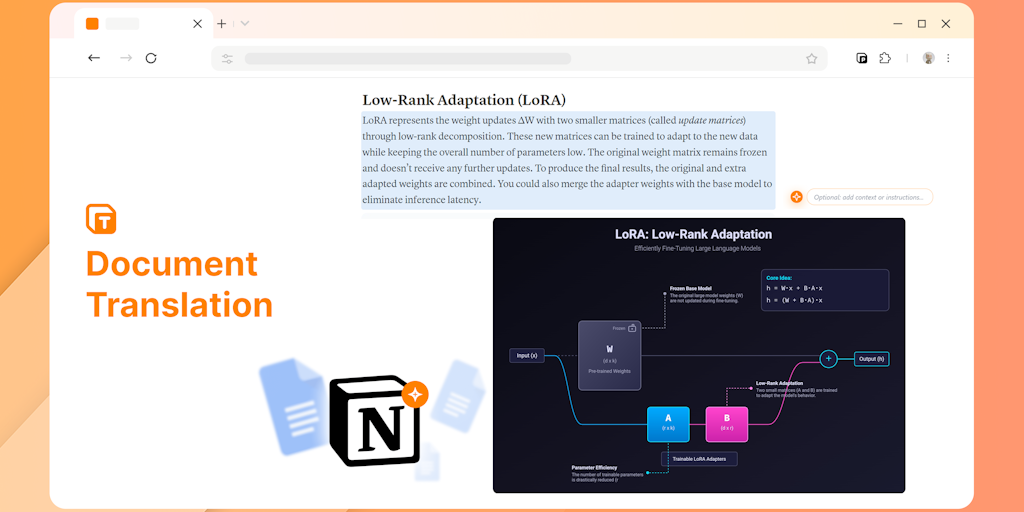
One of my favorite time-saving techniques is using PageOn.ai's conversation-based editing to quickly transform problematic slides.
Instead of manually fixing each element, I can simply describe what I want to change:
"Transform this text-heavy slide into a visual flowchart showing the relationship between the three main concepts."
PageOn.ai then automatically restructures the content while preserving the key information, saving hours of manual work.
Advanced Techniques for Specialized PDF Conversion Scenarios
Some PDF documents present unique challenges that require specialized approaches. In my work with complex conversions, I've developed techniques for handling these special cases effectively.
Converting Data-Rich PDF Documents
Handling Complex Tables
Financial reports and data-heavy PDFs often contain complex tables that rarely convert perfectly. My approach:
- Use specialized table extraction tools before conversion
- Consider recreating critical tables using PowerPoint's native table tools
- For large datasets, extract to Excel first, then import into PowerPoint
- Use PageOn.ai to transform static tables into more visual representations like charts or infographics
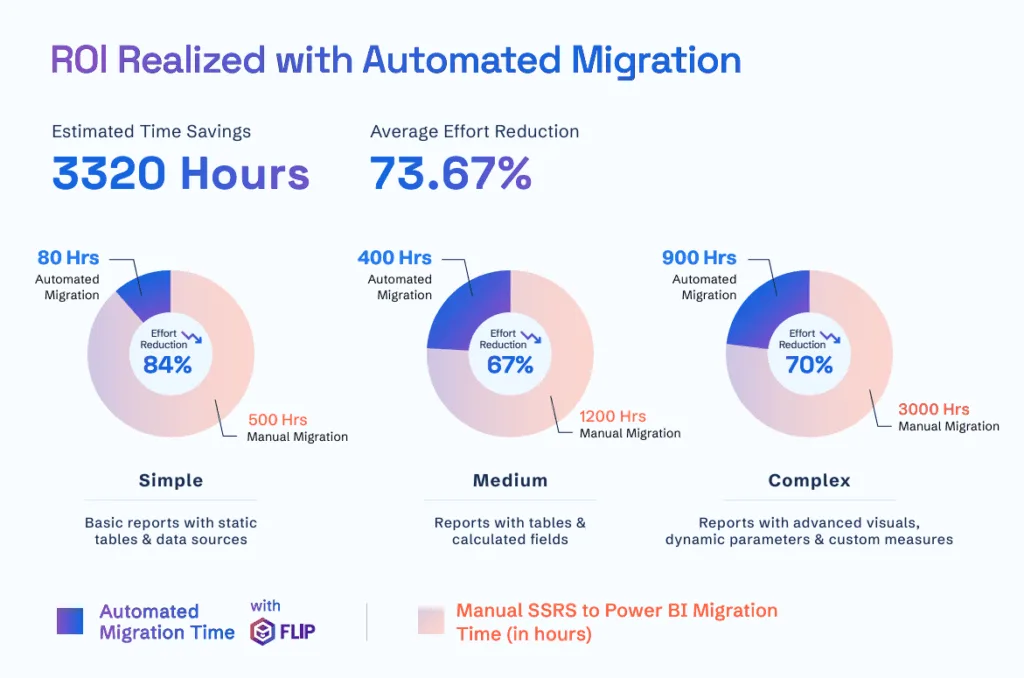
Transforming PDF Charts into Editable PowerPoint Visualizations
Static charts in PDFs typically convert as images, losing all editability. To transform them into dynamic PowerPoint charts:
- Extract the underlying data (manually or using data extraction tools)
- Create a new chart in PowerPoint using the extracted data
- Match the visual style to maintain consistency with the original
- Enhance with PowerPoint's interactive features like hover effects or drill-downs
For complex visualizations, PageOn.ai can analyze the PDF chart and automatically generate an editable PowerPoint version that preserves the visual style while adding interactivity.
Working with Scanned PDF Documents
OCR Technology and Its Limitations

Scanned PDFs present the greatest conversion challenge because they contain images of text rather than actual text. OCR (Optical Character Recognition) technology attempts to identify and extract this text, but has several limitations:
- Accuracy varies with scan quality and font clarity
- Complex layouts often confuse text flow recognition
- Special characters and symbols may be misinterpreted
- Tables and multi-column layouts frequently break during conversion
Best Practices for Scanned Document Conversion
- Improve scan quality: If possible, re-scan the document at higher resolution (300+ DPI)
- Pre-process the PDF: Use image enhancement tools to increase contrast and sharpen text before OCR
- Use specialized OCR software: Tools like ABBYY FineReader or Adobe Acrobat Pro have superior OCR capabilities
- Consider manual transcription: For critical content, manual retyping may be more efficient than fixing OCR errors
- Leverage AI reconstruction: PageOn.ai can analyze unclear elements and suggest reconstructions based on context and visual patterns
Maintaining Brand Consistency During Conversion
Color Scheme Extraction

Use digital color picker tools to extract exact RGB or HEX color codes from the PDF. Create a custom color theme in PowerPoint with these exact values to maintain consistent branding.
Font Matching
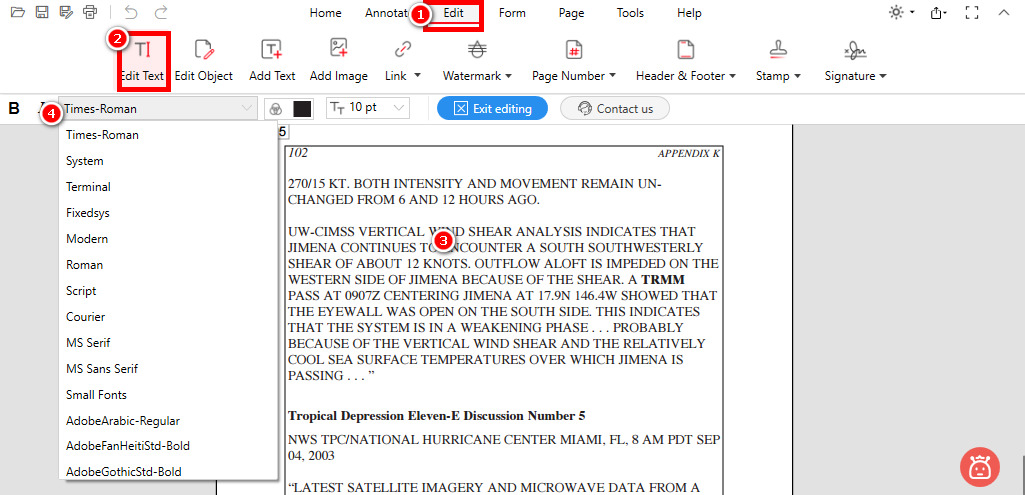
Use font identification services like WhatTheFont or FontSquirrel to identify fonts used in the PDF. If exact matches aren't available in PowerPoint, choose visually similar alternatives.
Visual Language Consistency
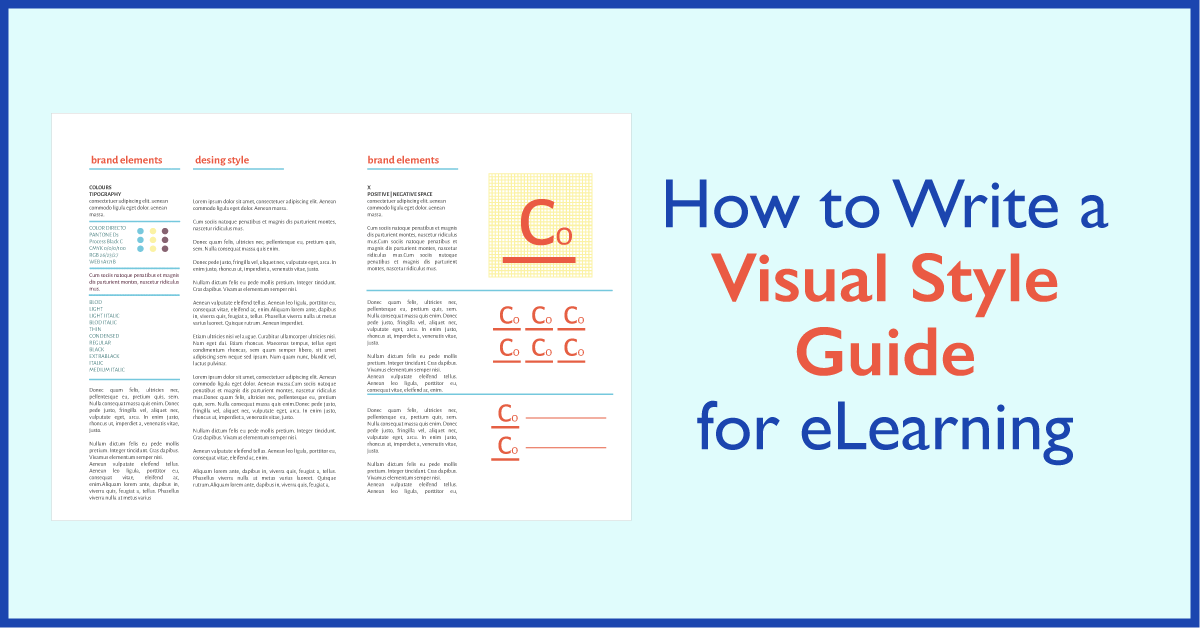
Create a simple style guide based on the PDF's visual elements. Include icon styles, image treatments, and layout principles to maintain consistency throughout the presentation.
For those interested in the reverse process, understanding Adobe PPT to PDF conversion can also be valuable, especially when you need to create final, non-editable versions of your presentations.
Case Studies: Successful PDF-to-PowerPoint Transformations
To illustrate the practical application of these techniques, I'd like to share two real-world projects where I successfully transformed PDF documents into dynamic PowerPoint presentations.
Corporate Archive Revitalization Project

Project Overview
A multinational corporation needed to convert over 200 legacy PDF reports into editable PowerPoint assets for their marketing and sales teams. These reports contained valuable historical data and analysis but were locked in non-editable PDF format.
Challenges
- Inconsistent PDF quality (mix of scanned and digital documents)
- Complex data visualizations that didn't convert properly
- Strict brand guidelines that needed to be maintained
- Tight deadline (3 weeks for 200+ documents)
Solution Implemented
- Created a triage system to categorize PDFs by complexity and conversion difficulty
- Used Adobe Acrobat for initial batch conversion of all documents
- Developed a custom PowerPoint template that matched brand guidelines
- Used PageOn.ai to automatically enhance high-priority slides and fix common conversion issues
- Implemented a quality control process with three review stages
- Created a searchable digital library of the converted presentations
Results
- Completed all 200+ conversions within the 3-week deadline
- Achieved 95% content accuracy compared to original documents
- Sales team reported 40% time savings when creating customer-specific presentations
- Marketing team successfully updated and rebranded key materials for new campaign launch
Educational Material Modernization
Project Overview
A university professor needed to transform PDF textbook content into engaging lecture slides for a new online course. The source material was comprehensive but text-heavy and visually uninspiring.
Challenges
- Dense academic content needed significant restructuring for presentation format
- Complex scientific diagrams required preservation of accuracy
- Need to improve student engagement through visual enhancement
- Limited budget for design resources
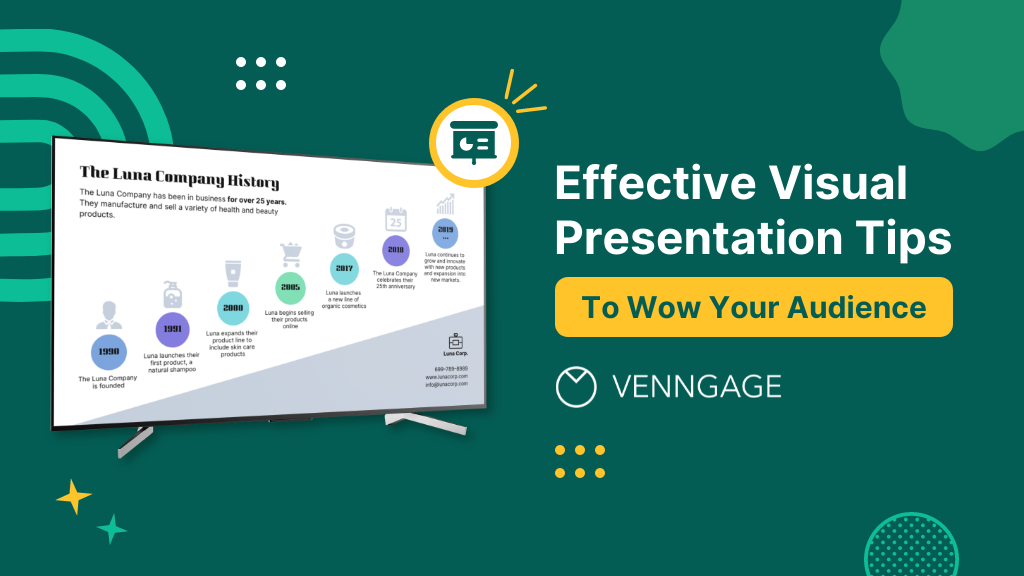
Solution Implemented
- Used PDF to PowerPoint conversion as the first step to extract all content
- Applied PageOn.ai's AI Blocks to reorganize dense text into logical, bite-sized segments
- Created custom templates for different types of content (concepts, examples, quizzes)
- Reconstructed scientific diagrams as editable PowerPoint objects for animation capabilities
- Added interactive elements like clickable regions and knowledge checks
Results
- Student engagement metrics increased by 65% compared to previous course materials
- Course completion rate improved from 72% to 89%
- Student feedback specifically praised the visual clarity of complex concepts
- Professor was able to easily update content each semester without design assistance
"PageOn.ai's AI Blocks feature was particularly valuable in this project, as it allowed us to logically reorganize dense textbook content into clear visual structures that helped students grasp complex concepts more easily."
Future of PDF-to-PowerPoint Conversion Technology
As someone who's worked with document conversion tools for many years, I'm excited about the rapid advancements in this field. The integration of artificial intelligence is fundamentally changing what's possible.
Emerging AI Capabilities in Document Transformation
flowchart TD
A[Traditional Conversion] --> B[Current AI Enhancement]
B --> C[Near Future]
C --> D[Long-term Evolution]
B --> B1[Smart Layout Recognition]
B --> B2[Content Relationship Mapping]
B --> B3[Element Recreation]
C --> C1[Predictive Layout Optimization]
C --> C2[Content Summarization]
C --> C3[Automatic Slide Generation]
C --> C4[Style Transfer]
D --> D1[Multi-format Intelligent Transformation]
D --> D2[Content-aware Restructuring]
D --> D3[Audience-optimized Presentations]
D --> D4[Real-time Collaborative Conversion]
style A fill:#FF8000,stroke:#FF8000,color:white
style B fill:#42A5F5,stroke:#42A5F5,color:white
style C fill:#66BB6A,stroke:#66BB6A,color:white
style D fill:#9C27B0,stroke:#9C27B0,color:white
Predictive Layout Optimization
Future AI systems will analyze presentation context and audience to automatically suggest optimal layouts. Rather than simply converting the PDF structure, these systems will understand the presentation's purpose and reorganize content for maximum impact.
Content Summarization and Slide Generation
AI will soon be able to analyze lengthy PDF documents and automatically generate well-structured presentation slides that capture key points. The technology will understand which information is most important and how to present it visually for different contexts.
Multi-format Conversion Possibilities
The future of document conversion will move beyond simple PDF-to-PowerPoint transformations. We'll see intelligent systems that can convert content between multiple formats while preserving meaning and enhancing presentation—from PDFs to interactive web presentations, videos, or immersive experiences.
Audience-Optimized Presentations
The most exciting development will be AI that can take the same source PDF and generate different presentations optimized for specific audiences—technical, executive, marketing, or educational—each with appropriate terminology, visual style, and complexity level.
How PageOn.ai is Revolutionizing Document Conversion Workflows
PageOn.ai is already implementing many of these forward-looking capabilities, changing how professionals approach document conversion and transformation.
Conversation-Driven Transformation
PageOn.ai's most innovative feature is its conversation-based interface that allows users to describe transformation goals in natural language. Instead of wrestling with complex settings and options, you can simply explain what you want:
"Take this financial report PDF and create a presentation that highlights the quarterly trends with visualizations, focusing on revenue growth and market expansion."

Intelligent Content Restructuring
PageOn.ai analyzes the context and purpose of your presentation to suggest better ways to organize information. It can identify when a bulleted list would be better as a process diagram, or when data would have more impact as a chart rather than a table.
Seamless Information Updates
When converting older PDFs, PageOn.ai can automatically suggest updated information to include. For example, when converting a financial report from last year, it can flag outdated statistics and suggest incorporating the latest figures from trusted sources.
Evolution of PDF-to-PowerPoint Conversion Capabilities
The future of document conversion is moving far beyond simple format changes. With AI-powered tools like PageOn.ai, the process is becoming one of intelligent transformation—where content is not just preserved but enhanced, restructured, and optimized for maximum impact in its new format.
For those interested in the reverse process, exploring tools for converting PowerPoint into interactive PDFs can help create more engaging document experiences.
Transform Your Visual Expressions with PageOn.ai
Ready to take your PDF-to-PowerPoint conversions to the next level? PageOn.ai's intelligent visualization tools help you transform static documents into dynamic, engaging presentations with ease.
Start Creating with PageOn.ai TodayEmbracing the Future of Document Transformation
Throughout this guide, I've shared my experience and insights on converting PDF documents to editable PowerPoint presentations. From understanding the fundamental challenges to implementing advanced techniques for specialized scenarios, we've covered the complete process of transformation.
As we look to the future, it's clear that AI-powered tools like PageOn.ai are revolutionizing how we approach document conversion. The focus is shifting from simple format changes to intelligent content transformation that enhances value and impact.
Whether you're working with corporate archives, educational materials, or data-rich reports, the techniques and tools discussed in this guide will help you achieve professional results that maintain visual integrity while unlocking the full potential of your content.
I encourage you to explore PageOn.ai's conversation-driven approach to document transformation. By combining AI intelligence with your creative direction, you can transform static PDFs into dynamic, engaging presentations that truly connect with your audience.
You Might Also Like
Visualizing Greek Debt Crisis Warning Signs: Essential Lessons for Economic Stability
Discover how visual data analysis could have predicted the Greek debt crisis through GDP patterns, growth trajectories, and economic indicators. Learn key warning signs for future crisis prevention.
The Psychology Behind Artificial Scarcity: Designer Toys and Consumer Behavior
Explore the economics of artificial scarcity in designer toy markets, from psychological drivers and market dynamics to ethical considerations and future trends in collectible industries.
Transforming Collectible Experiences: From Blind Boxes to Theme Parks | Visual Storytelling Guide
Discover how collectible experiences have evolved from mystery blind boxes to immersive theme parks. Learn visual storytelling strategies to create compelling collectible ecosystems and experiences.
Pop Mart's Global Expansion: Crafting a Collectible Empire Through Strategic Visualization
Explore Pop Mart's international toy market strategy, from IP-driven business models to visual storytelling. Learn how this collectible empire achieved 375% overseas revenue growth across 100 countries.
